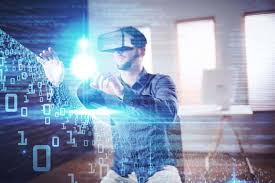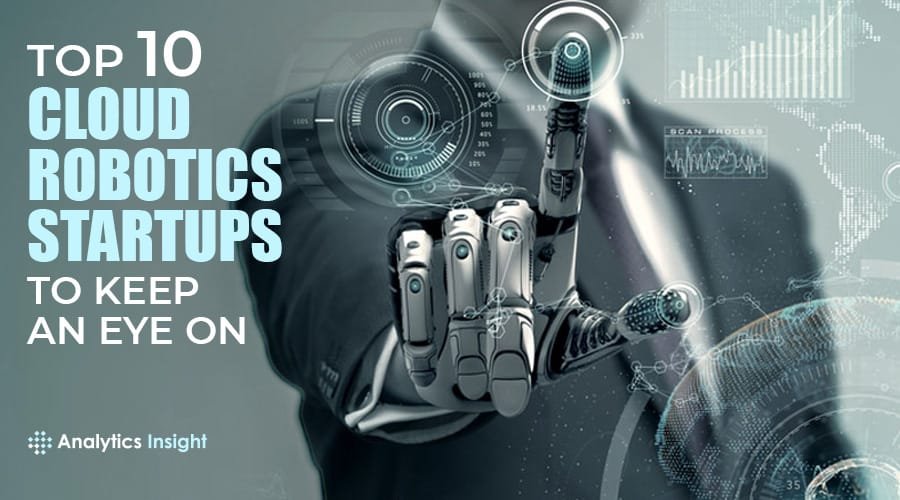Source: analyticsinsight.net
A survey states that 80% of the enterprises have integrated work-from-home in their organizational policies.
As the global economy is trying to regain its footing amidst the coronavirus pandemic, most organizations rely on remote work to meet the deadlines and finish of the task. The remote work concept is not novel but has been conducted and tested by the IT industry in the past. With COVID 19, however, employees face challenges to deliver the services efficiently despite the concept being well-established.
Undoubtedly, remote work has been observed to be in the productive domain, compelling the organizations to opt for remote work in the future. A recent enterprise survey by 451 Research (the emerging technology research unit of S&P Global market intelligence) found 80% of the enterprises have integrated remote work in their policies. Simultaneously, 67% of surveyed enterprises plan to integrate some amount of remote work in the future. Despite the promulgation of remote work, the remote employees do not have the administrative and technical support that they would otherwise have while working in an office in an organizational set-up. This includes a lack of hands-on interactive and immersive service for technical support, enhanced cybersecurity set-up, and automating the process to cover the mundane task for efficient working. Thus to counter such challenges, it becomes imperative for the organizations to utilize these immersive technologies; namely, Robotic Process Automation (RPA), Embodied Cognition (EC), Augmented Reality (AR), and Virtual Reality (VR).
Utilizing RPA and Automation for Remote work
Any organization whose prime focus is customer satisfaction receive a tremendous amount of customer invoices daily. This is specifically observed in the banking and telecommunication sector, where the employees receive customer or vendor invoices in PDF’s emails, fax, or photocopy. Since the data present in these invoices are often massive, unsegregated, and the employees have to manually enter the data, the whole process becomes tedious. By implementing automation and RPA in these processes, the organizations can scale up the output’s efficiency, with increased productivity. The employees can also focus on the tasks that require immediate focus and social skills instead of focusing on such a mundane task.
Leveraging Embodied Cognition
The remote work can often create unnecessary pressure on the system’s hardware that the employees are working remotely. Hence Embodied recognition, which utilized sensor-driven artificial intelligence for anchoring robotics in the physical environment, helps bridge the gap between the traditional hardware-based robots as multifunctional Robotic Digital assistants.
With this regard, Facebook has already started research about the embodied Cognition of its AI assistants to observe AI assistants’ capabilities to understand the physical world. By integrating embodied Cognition in the AI assistants, Facebook is hopeful to scale up its AI assistants’ performance for efficient interaction with the environment. Facebook’s SoundSpaces is a realistic acoustic platform for audio-visual embodied AI research and trains the robotic agents in the 3-D environment for processing AI data.
Embodied Cognition in philosophy implies that the mind, body, and the human surrounding are all part of humans’ cognitive units. And the body, as well as mind, are equally responsible for the cognitive responses that humans form.
Utilizing AR for remote work
Often due to bad connectivity, the communication between employees gets hindered while working remotely, which often impacts the task that requires the team effort. Implementing augmented reality in the working environment would help the workers and employees better during the live video call.
The AR can also be utilized in customer-oriented businesses to provide technical support. With AR’s help, the inherent technical and administrative challenges like locating an order or the server issue can be immediately countered.
Conclusion
By integrating the immersive technologies in their workforce while working remotely, the organization can increase productivity and performance. Since COVID 19 would have a prolonged effect, the immersive technologies will have enterprises to work efficiently.


